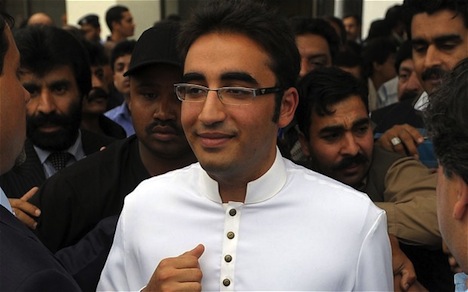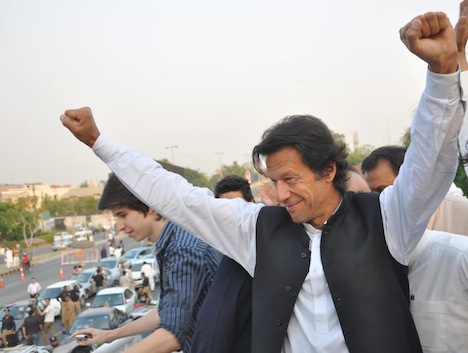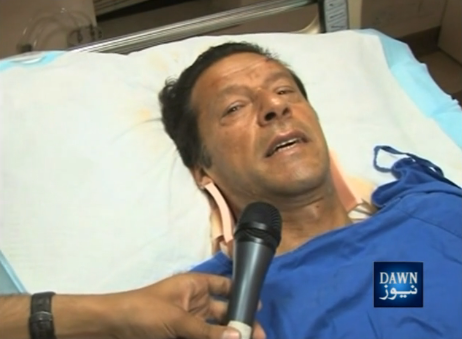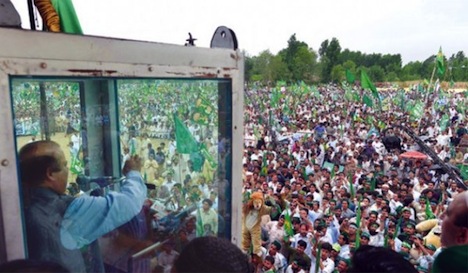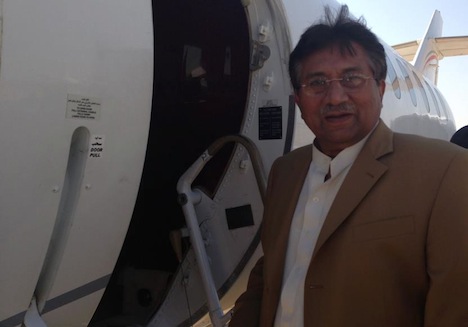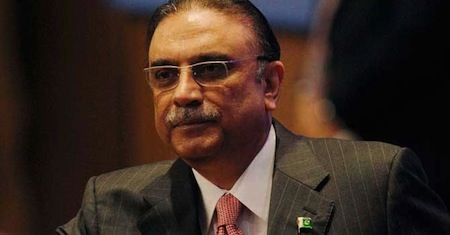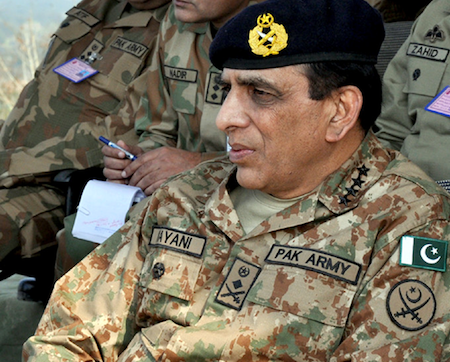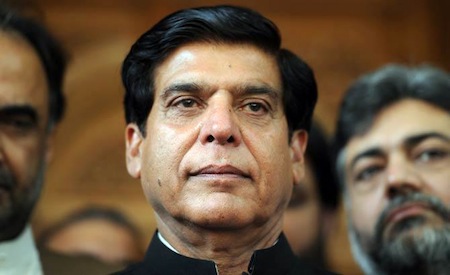Votes are still being counted across Pakistan two days after its nationwide general elections, and the big winner is former prime minister Nawaz Sharif, whose center-right party defeated the unpopular incumbent party and held back a spirited challenge from the anti-corruption party led by charismatic cricket star Imran Khan.![]()
The election results were a wipeout victory for Sharif’s party, the Pakistan Muslim League (N) (PML-N, اکستان مسلم لیگ ن), and Sharif will come into office with a broader mandate and a more stable government than the one he’ll replace.
That, alone, is of vital importance to the United States, which has about as strong an interest in Sharif’s victory, a peaceful transition from the outgoing Pakistan People’s Party (PPP, پاکستان پیپلز پارٹی), and the ongoing success of Sharif’s government over the next five years.
Pakistan, with 180 million people, is more populous than nearly every other country in the world — only China, India, the United States, Indonesia and (just barely) Brazil have more human beings. But given that it was essentially a fabricated nation when it gained independence in 1947 as the Muslim-majority nations partitioned from India, it’s never been a fully cohesive country, even in the way that the sprawling and diverse Indian and Chinese nations are. That means that governing Pakistan is already a challenge, and that will likely continue, with each of Pakistan’s four provinces dominated by another party — the PPP retains its stronghold in Sindh province, the PML-N overwhelmingly won its stronghold in the most populous Punjab province, and Khan’s upstart Pakistan Tehreek-e-Insaf (Movement for Justice or PTI, پاکستان تحريک) will now control the provincial assembly in Khyber Pakhtunkhwa.
Pakistan’s location means that it’s a key piece of U.S.-led efforts to reduce the threat of radical Islamic terrorism and it’s on the periphery of the axis between India and China that will power the global economy for decades to come. It goes without saying that the United States has a huge interest in a safer, more prosperous, more democratic Pakistan, and the United States now has an interest in facilitating as much success as possible for the Sharif government.
Here are six reasons why Sharif, in particular, will now vaunt to the top of the list of world leaders that are incredibly vital to U.S. security and economic interests. Continue reading Six reasons why everyone in the United States should know who Nawaz Sharif is

